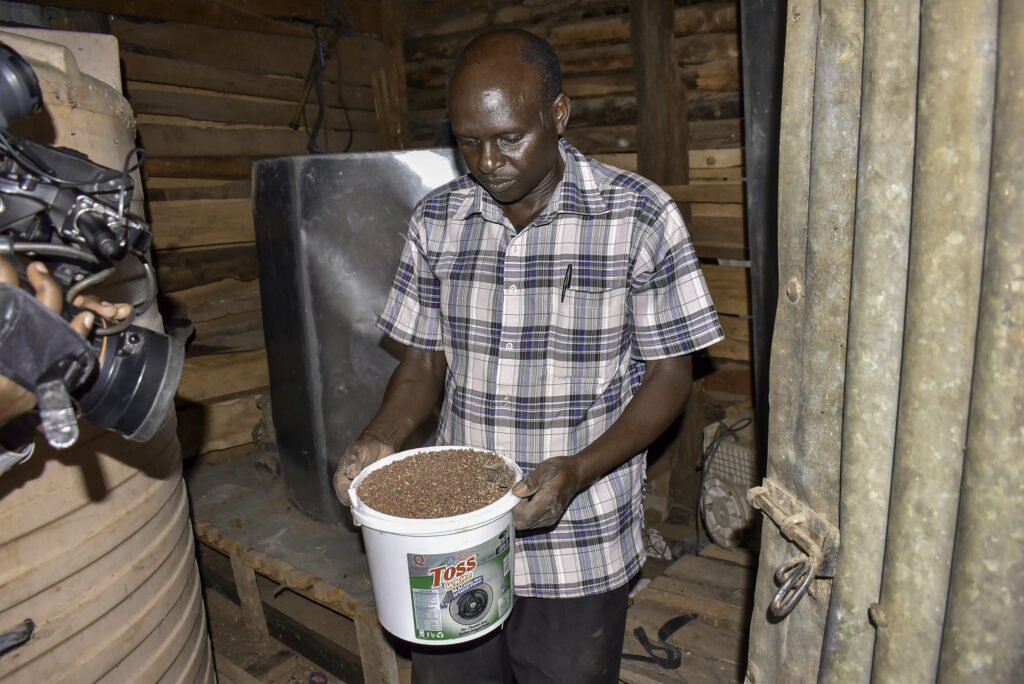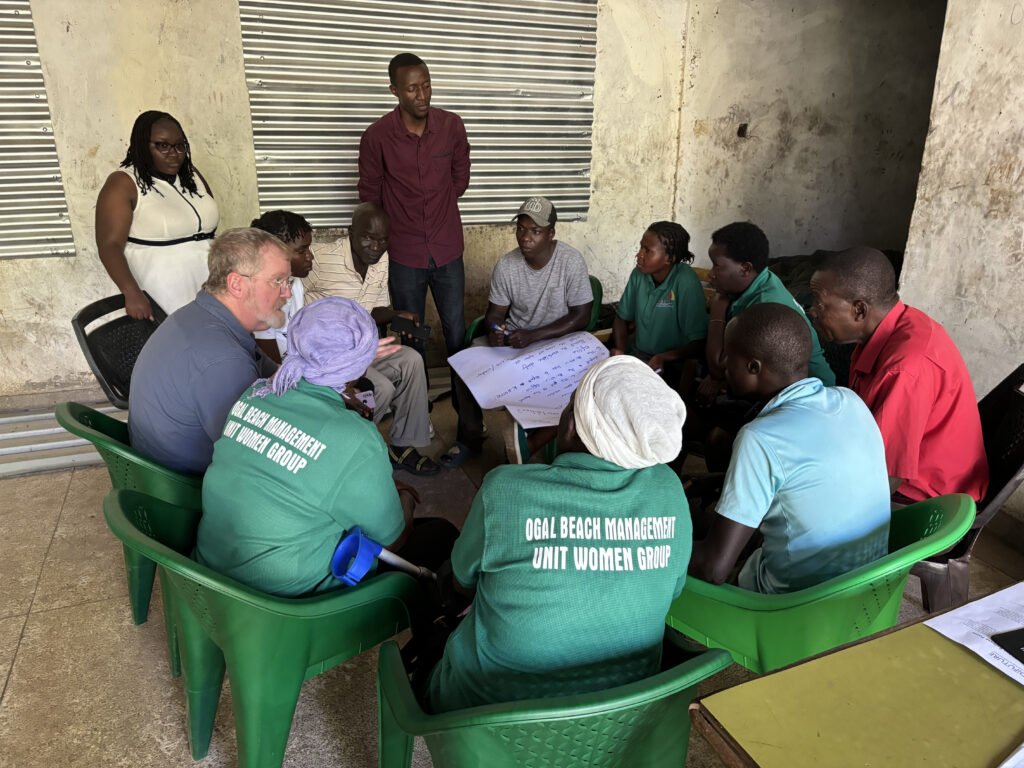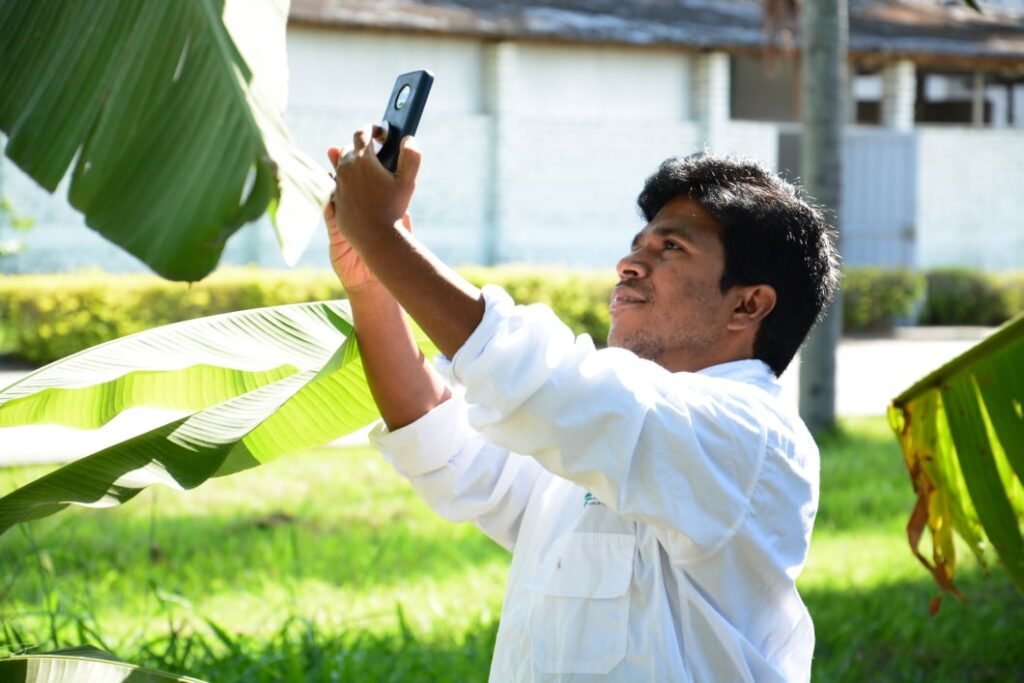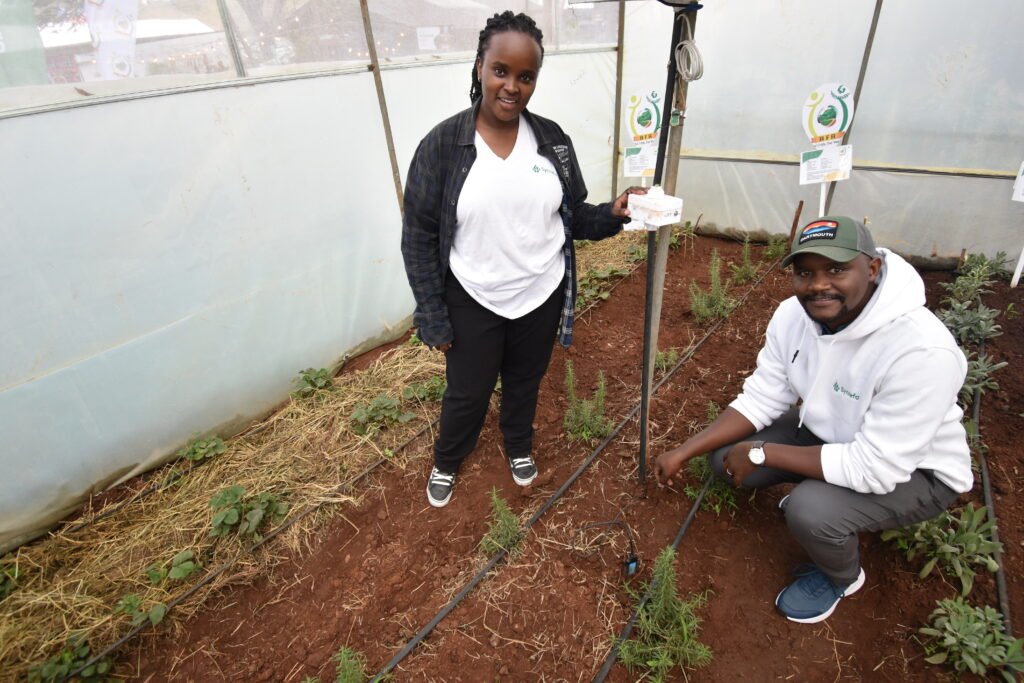New Year forecasting of trends to watch out for in Africa tends to disproportionately focus on elections due to concerns about political stability, diverting attention from equally or more important issues such as food security. Fortunately, 2025 promises fairly muted political activity, with only three countries – Tanzania, Côte d’Ivoire and Gabon – set to hold presidential elections later in the year. At the continental level, the African Union Commission (AUC) will in February hold election for a new chairperson to take over from Moussa Faki Mahamat, who will be leaving at the expiry of his term. Away from the transition at the AUC, the most important thing to watch this year is the scorecard on the commitments made by the AU member states in 2014 to accelerate agricultural growth and transformation under the Malabo Declaration.
The declaration by the African heads of state meeting in the Capital of Equatorial Guinea, among others, aimed to end hunger, reduce poverty by half, allocate 10 percent of public expenditure to agriculture, triple intra-African trade in agricultural commodities and services and make at least 30 percent of farming households resilient to climate and weather- related risks by 2025. The report of the fourth biennial review of the implementation of the agriculture transformation agenda indicates that no country was on track to meet all the seven Malabo commitments by 2025, although 26 countries had seen their scores improve since the previous cycle.
This, coupled with the new challenges posed by the emerging shocks to the continent’s food systems, has prompted the AU member states to relook at the commitments, craft a strategy and set targets for the next 10 years under the Post-Malabo Agenda Development Process Roadmap. At PanAfrican Agriculture, we see technology and innovation shaping the future of agriculture on the continent. For our first edition of 2025, we have put together a special report on precision agriculture – a smart farming approach that uses technology to observe, measure, and respond to variability in crops and animals. In many areas across the continent, as our team found out, drones, artificial intelligence (AI), internet of things (IoT), satellite imagery and mobile apps are already being embraced as farming tools, helping farmers to better manage crop pests and diseases, optimise irrigation, boost livestock productivity and build resilience against climate change.
Behind every agricultural innovation is, of course, a scientist or researcher who makes a breakthrough, an entrepreneur who takes a chance on the solution or a farmer who champions its adoption. We bring you the story of scientists who were recently honoured by the Open Forum for Agricultural Biotechnology (OFAB) for their groundbreaking innovations in agricultural biotechnology. Read these and other interesting stories on agriculture from across the continent.
Have a prosperous 2025!

















